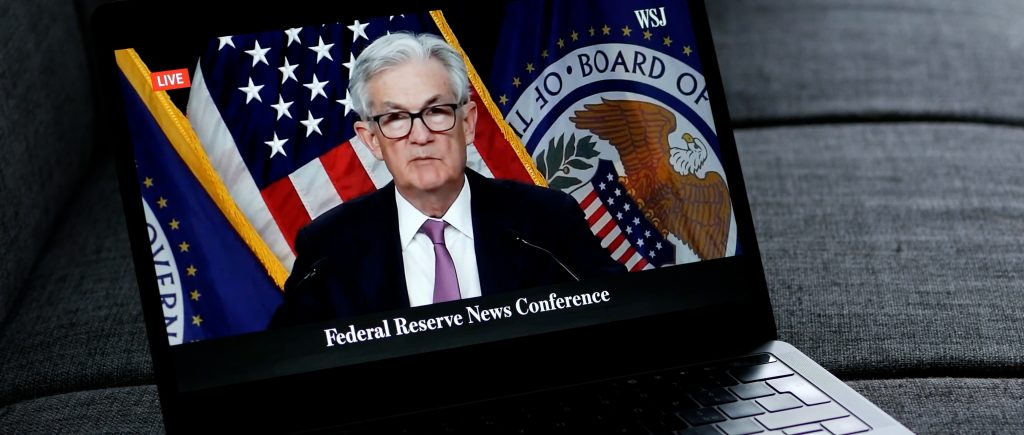Fed’s Neel Kashkari has stated that US interest rates at their highest levels in about 23 years are not hurting the economy and could buy policymakers more time before deciding whether to cut.
Economic developments show that Fed policy is not as restrictive on growth as it appears on the surface, meaning the longer-run “neutral” rate, or the level that is neither restrictive nor stimulative, is probably higher than before the Covid-19 pandemic.
What would appear to be tight monetary policy judging by history over the past 15 years or so no longer looks that way, meaning nominal rates could hold higher for longer without harming the economy.
The implications of this are important as the Fed contemplates when to start, how much it should cut, and how quickly it should do so to get back to a neutral setting. Markets have been betting on an aggressive move lower, but recent statements from central bank officials indicate little need to hurry.
Federal Reserve Chair Jerome Powell has also expressed concern about the potential negative effects of the series of rate hikes the Fed implemented. Powell noted that the economy has continued to grow strongly and job creation has been high, and the negative effects he feared from the series of rate hikes have not come to pass.
In conclusion, interest rates at their highest levels in over 23 years are not harming the economy and may provide policymakers more time to decide whether to decrease interest rates. The ramifications of this are significant as the Fed considers when to begin, how much to reduce, and how quickly to return to a neutral position.
Despite fears for a recession, the U.S. economy increased at a 2.5% annualized clip in 2023, with payroll growth maintaining strong and inflation indicators dropping. Federal Reserve Chair Jerome H. Powell indicated that the central bank is preparing to drop interest rates when inflation falls, but policymakers must see continuous progress towards lower price increases before making the first move.
Kashkari pointed to various data to show that the Fed hikes have not thwarted growth, leading to his conclusion that the neutral rate is likely higher than the 0.5% or so that Fed officials generally estimate. Some policymakers like to use the fed funds rate minus inflation as neutral, while others prefer the 10-year TIPS yield, which is now around 1.82%.
Business investment and big-ticket purchases have risen while housing numbers at least have moderated. Kashkari questions how much downward pressure monetary policy is currently placing on demand. He will be watching items such as loan and credit card delinquencies for evidence of economic stress.
Federal Reserve Chair Jerome Powell said that officials need more “good” data before cutting rates. He reiterated his message that lower borrowing costs are coming this year, a change that could make mortgages, car loans, and credit card debt cheaper for Americans.
Powell’s remarks reaffirm that lower borrowing costs are likely coming this year, a change that could make mortgages, car loans, and credit card debt cheaper for Americans.
Many forecasts projected that the Fed’s quick rate hikes would cause an economic slowdown. However, the current economic condition is far better than economists and Fed officials predicted just a year ago.

 Noor Trends News, Technical Analysis, Educational Tools and Recommendations
Noor Trends News, Technical Analysis, Educational Tools and Recommendations



